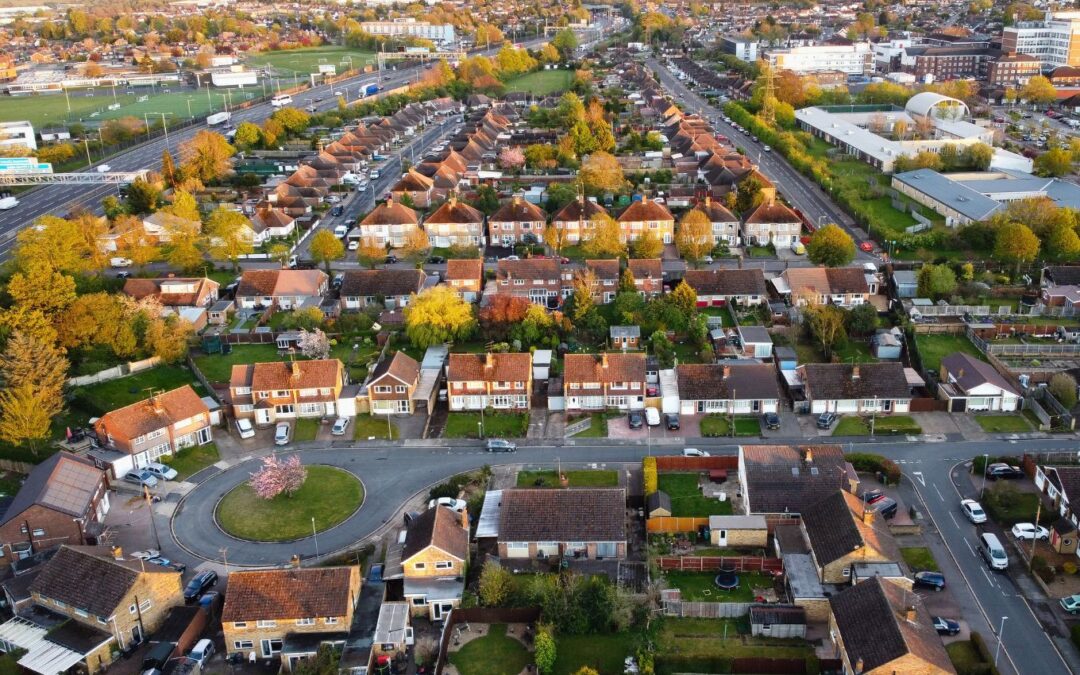Last week, Duluth approved a 3-story, 60-unit ‘luxury’ condo development project in an area previously zoned for single homes, much to the dismay of some locals. Since the project became public months ago, it has faced public opposition, particularly due to concerns about increased traffic and density.
In addition, the price tag on these condos, which ranges from $450, 000 to $700,000, hence the ‘luxury’ label, has gotten locals worried about housing affordability.
MPR reported the following before the project’s approval,
… locals who object to the proposed condo development say Duluth has focused too much on building market rate housing—including a high-profile development perched on the hillside overlooking downtown that’s expected to add 1,200 units over the next decade— and not enough on adding more affordable housing, despite a 2019 study that estimated the city needed 3,600 new, affordable units in the next five years.
“We’re building a lot of housing for a very small portion of the city and leaving everyone else behind,” said Kahn.
On what they would like to see,
Pedersen and other neighbors said they’d welcome a smaller project with homes that regular families could afford. They push back against the NIMBY, or “Not In My Backyard” label, which is often attached to those who object to lower income housing in their neighborhoods.
“We just want to see something a little more scaled down, ideally something more affordable, and to also be part of the process,” said Wil Chapple, a teacher who recently bought his first home in the neighborhood.
The belief that luxury or market-rate housing worsens or does not address housing affordability is not new or exclusive to Duluth. In some parts of the country, overzealous affordability advocates have shut down or stalled market-rate housing development projects due to affordability concerns. But are these concerns supported by the data?
More housing = lower prices
Like every good or service sold on the market, housing is bound to the laws of demand and supply. That is, as the number of houses on the market increases, there is less competition among buyers, which lowers prices.
Luxury or market-rate housing usually pulls buyers away from older homes, lessening competition. This, in turn, lowers prices on those existing homes.
The indirect mechanism through which luxury or market-rate housing lowers prices for existing homes is, of course, subject to some caveats. If market-rate housing is not growing fast enough to absorb growing demand, this filtering process would be hindered.
Nevertheless, research evidence suggests that, on average, building more housing should result in lower prices.
Research evidence
A study published in 2023, which used 2009-2019 data focusing on the Helsinki Metropolitan area in Finland, for instance, found evidence suggesting that
The supply of new market rate units triggers moving chains that quickly reach middle- and low-income neighborhoods and individuals.
As individuals move into luxury or market-rate units, they free up vacancies in middle and low-income neighborhoods, lowering prices. A paper on multifamily housing construction in large US cities estimated that as many as 70 ‘affordable housing’ vacancies are created for every 100 new units of market-rate housing brought to the market.
Constructing a new market-rate building that houses 100 people ultimately leads 45 to 70 people to move out of below-median income neighborhoods, with most of the effect occurring within three years.
A 2018 review of evidence by the New York University (NYU) Furman Center, as well as a 2021 review by UCLA‘s Lewis Center for Regional Studies, reached similar conclusions.
Barring other concerns, Duluth’s affordable housing advocates should welcome new housing, luxury or otherwise. Expanding the overall housing supply is the only sustainable path to lowering housing costs.

